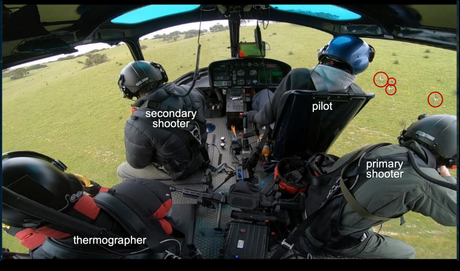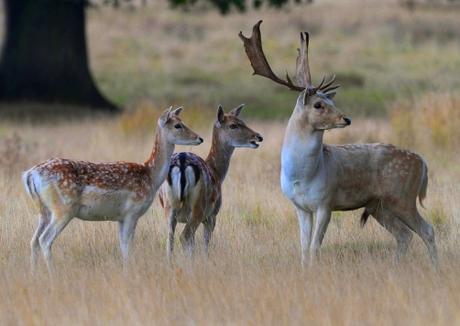From time to time I turn my research hand to issues of invasive species control, for example, from manipulating pathogens to control rabbits, to island eradication of feral cats and pigs, to effective means to control feral deer.

Not only do invasive species cost well over $1.7 trillion (yes, that’s trillion, with 12 zeros) each year in terms of damage and control (a minimum of $25 billion per year in Australia alone), they are one of the main drivers of biodiversity loss globally. So, if you baulk at lethal forms of control of invasive species, you are simultaneously stating that you’re fine with the torture and death of millions (if not, billions) of native animals each year.
Thanks to the collaborative and evidence-driven foresight of my colleagues at PIRSA Biosecurity and Landscape Boards, I was recently involved in more research examining the most efficient, cost-effective, and humane ways to cull feral dear in South Australia. The resulting paper is now in review in NeoBiota, but we have also posted a pre-print of the article.

Feral deer are a real problem in Australia, and South Australia is no exception. With six species of feral deer in the country already (fallow Dama dama, red Cervus elaphus, hog Axis porcinus, chital A. axis), rusa C. timorensis, and sambar Rusa unicolor deer), fallow deer are the most abundant and widespread. These species are responsible for severe damage to native plants, competition with native animals, economic losses to primary industries (crops, pastures, horticulture, plantations), and human safety risks from vehicle collisions. Feral deer are also reservoirs and vectors of endemic animal diseases and have the potential to transmit exotic animal diseases such as foot-and-mouth. If left uncontrolled, within 30 years the economic impacts of feral deer could reach billions of dollars annually.
South Australian legislation requires that anyone involved in pest animal control abides by nationally endorsed Codes of Practice and Standard Operating Procedures. Earlier this year, the Code of Practice and Standard Operating Procedures for the control of feral deer were revised to include modern techniques and methods for deer control, which was timely given that the previous Code of Practice and Standard Operating Procedures had been written in 1991.
Our work now justifies these changes by showing that using shotguns in combination with rifles and thermal imagery not only improve the efficiency of aerial culling, they also produce much better outcomes for animal welfare. In other words, the animals die faster and there is much less opportunity for sub-lethal wounding.
The use of shotguns will be pivotal for aerial culling programs across Australia, including in South Australa where the PIRSA Biosecurity and Landscape Boards have an ambitious goal to eradicate feral deer from most parts of the State. Not only is this a win-win for feral animal control efficiency and welfare, we also provided a detailed breakdown of the costs of eradication programmes in the State. In the spirit of better reporting encouraged by the InvaCost programme in which I am involved, we have contributed just a little bit more sound economic data to the cost of invasive species management for Australia and the world.
CJA Bradshaw

